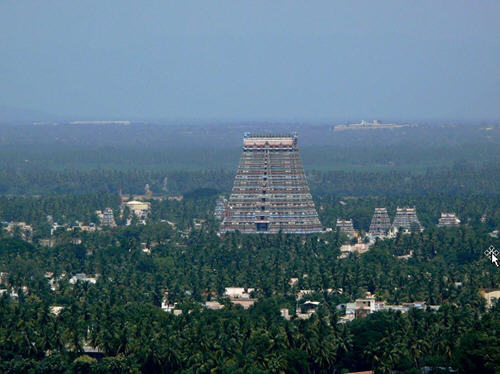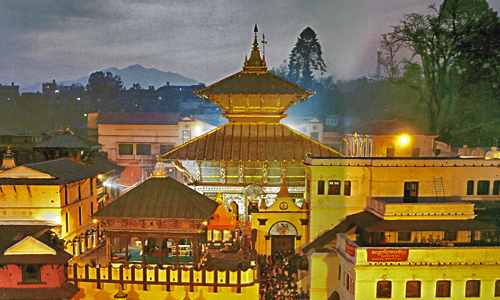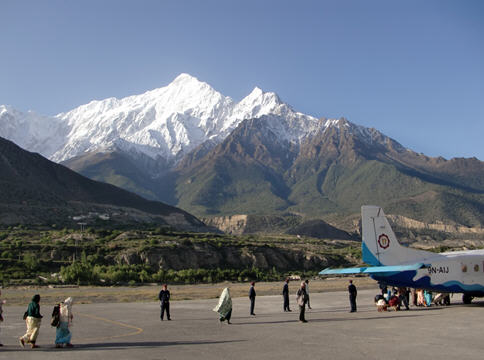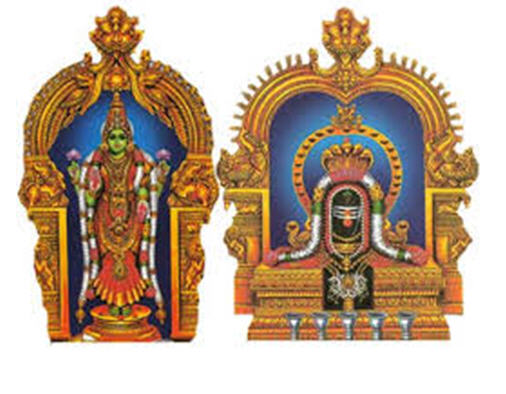
Temple is situated in the island of Rameshwaram, off the Sethu coast of Tamil Nadu and is reached via the Pamban Bridge across the sea. The huge temple is known for its long ornate corridors, towers and 36 theerthams. Ramanathswamy Jyotirlinga represents the southernmost of the 12 Jyotirlingams of India and has been a time honoured pilgrimage center held on par with Banaras (Varanasi). Rameshwaram temple Jyotirlinga is associated closely with the Ramayana and Rama’s victorious return from Sri Lanka.
The devout considers a pilgrimage to Kashi (Varanasi) incomplete unless he or she visits Rameshwaram also and performs abhisheka for Sri Ramanatha with Ganga water.
Rameshwaram temple is considered to be one of the holiest temples in India and it was built in the 17th century although construction had begun in the 12th century AD. One of the finest specimens of Dravidian architecture, the temple has gigantic dimensions. Covering an area of 15 acres, it is 264 meters to the west and 200 meters north to south consisting of three prakaras. It has the largest temple. On the tall stone pillars of temple, beautiful carvings can be seen. Elephants with their trunks raised are seen. The four sides of the temple are enclosed by strong stone walls. They are 650 ft. and 12ft. wide and tall respectively. This wonderful temple built on the sand island, is a work of great art and very impressive.
On the right side of the main shrine, Shiva’s consort Parvati has her own temple.
The Ramayana narrates the story of Lord Rama, who declared war against the powerful Ravana, the King of Lanka who had abducted Rama’s wife Sita. In the fierce battle that ensued, Ravana was defeated and killed by Lord Rama. When Sita was released from Ravana’s prison, as per the Sthala Mahatmya (local legend), Sita and Ram on Their way back to Ayodhya stopped at the island of Rameshwaram which was then called ‘Gandhamadhana Malai ‘.
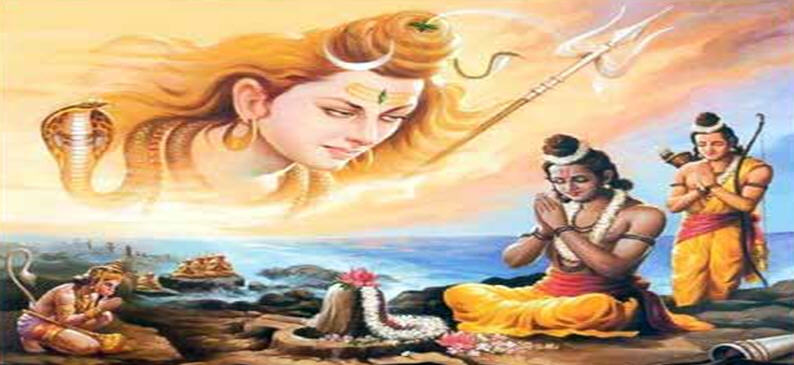
Here Agatsya Muni and other rishis were praising Lord Ramacandra for His greatness. At that time Lord Ramacandra told them that “even though Ravana was a rakshasa, he was the grandson of Brahma and the son of a great Brahman Visrava. I must atone for the sin of killing Ravana.” There was no need for the Lord to perform such atonement. But it was His noble, humble nature.
The sages told Lord Ramacandra that Ravana was a great devotee of Siva, who gave him great benediction. So you should perform pooja to Lord Siva. You should get a Siva lingam from Kailash and worship that Siva linga. So Lord Ramacandra told Hanuman to get a Siva linga from Kailash. Hanuman went to Kailash and began to perform tapasya. But it was getting late and the auspicious time for the pooja was passing. So Sita devi with her own hands, made a Siva linga out of sand. Lord Ramacandra performed pooja to the Siva linga made by Sita devi. At that time Hanuman returned with the Siva linga from Kailash but he felt very sad that he could not serve Lord Ramacandra. Lord then told Hanuman that he could remove this Siva linga made by Sita devi and place the Siva linga that he has brought from Kailash. Hanuman tried to remove the Siva linga but he was unsuccessful. He wrapped his tail around the linga and jumped but Siva linga didn’t move. Hanuman lifted mountains but he could not move a Siva linga. Hanuman was humbled and he understood that all the strength of the devotees is coming from Srimati Sita devi.
Then Lord Ramacandra told Hanuman that you install your Siva linga next to Sita devi’s and I command all My devotees that they should first worship the Siva linga brought by you and then they should worship the Siva linga made by Sita devi. At that time Lord Siva and Parvati appeared and proclaimed that anyone who bathes in Dhanushkoti and then worships me here, I will liberate them.
Srimad-Bhagavatam Canto 12 chapter 13 verse 16 describes “vaisnavam yatha sambhuh”, that Lord Siva is the greatest Vaishnava. When Lord Ramacandra worshipped Siva that was an expression of His love towards His devotees. Similarly Lord Sri Krishna worshipped Sudama vipra and Lord Sri Caitanya Mahaprabhu danced before the deity of Lord Siva. Lord explains, mad-bhakta-pujabhyadhika, that worship of My devotee is better than worshipping Me directly. Lord Ramacandra taught us by His own example that how even He is eager to be the servant of the servant of the servant of His devotees.
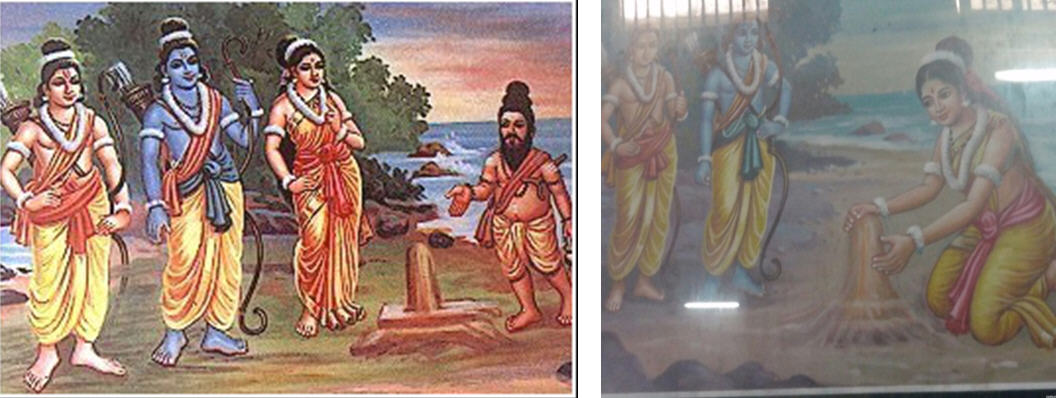


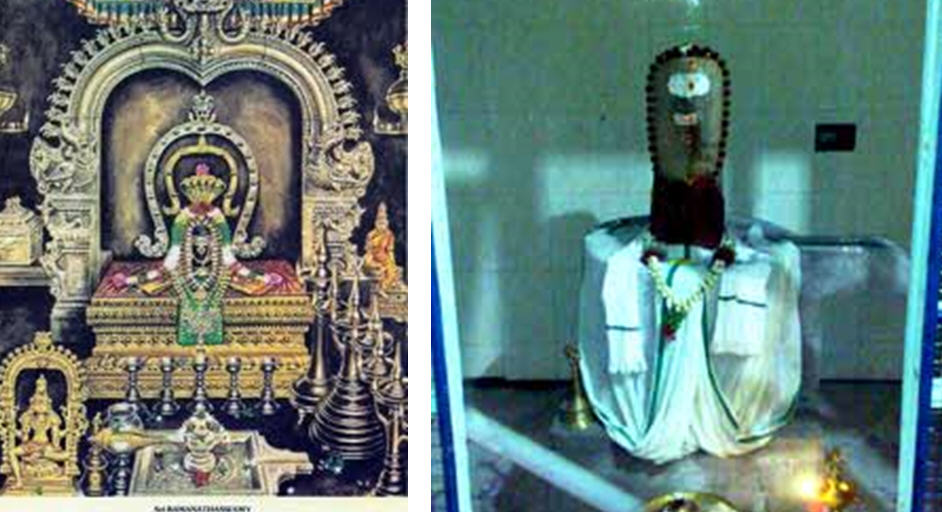
There is another Sphatika-linga which was installed by Vibhishan. Abhishek & deeparadhana are performed to this lingam daily at 5 am.
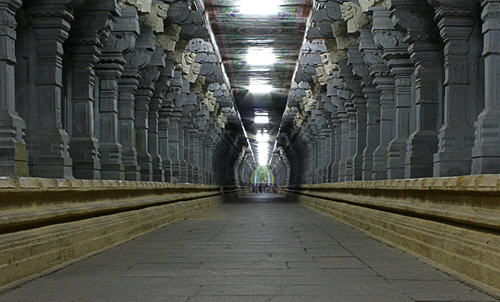
The other striking feature of this temple is that the corridors are said to be the longest in the world. The outer wing of the corridor measures 690 ft in the east-west direction and 435 ft in the north-south direction. There are a total number of 1212 pillars or columns each sculptured to a similar profile and these frame the corridor on either side. The height of this corridor is 22 ft and when viewed from the corner where the north or south side corridors meet the west or east side corridors, the sight is breathtaking.
